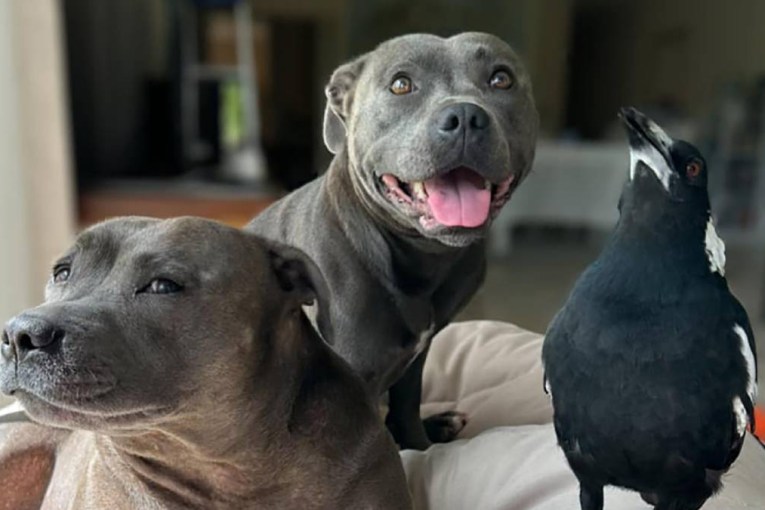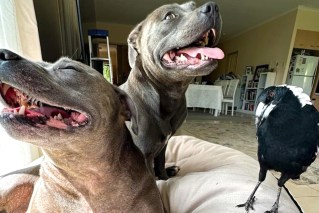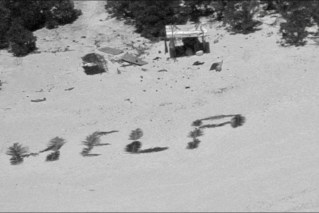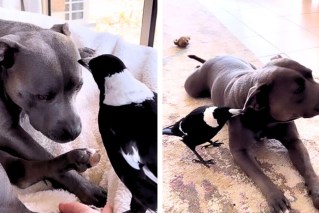Series of fortunate events saves a life on Serendipity Drive
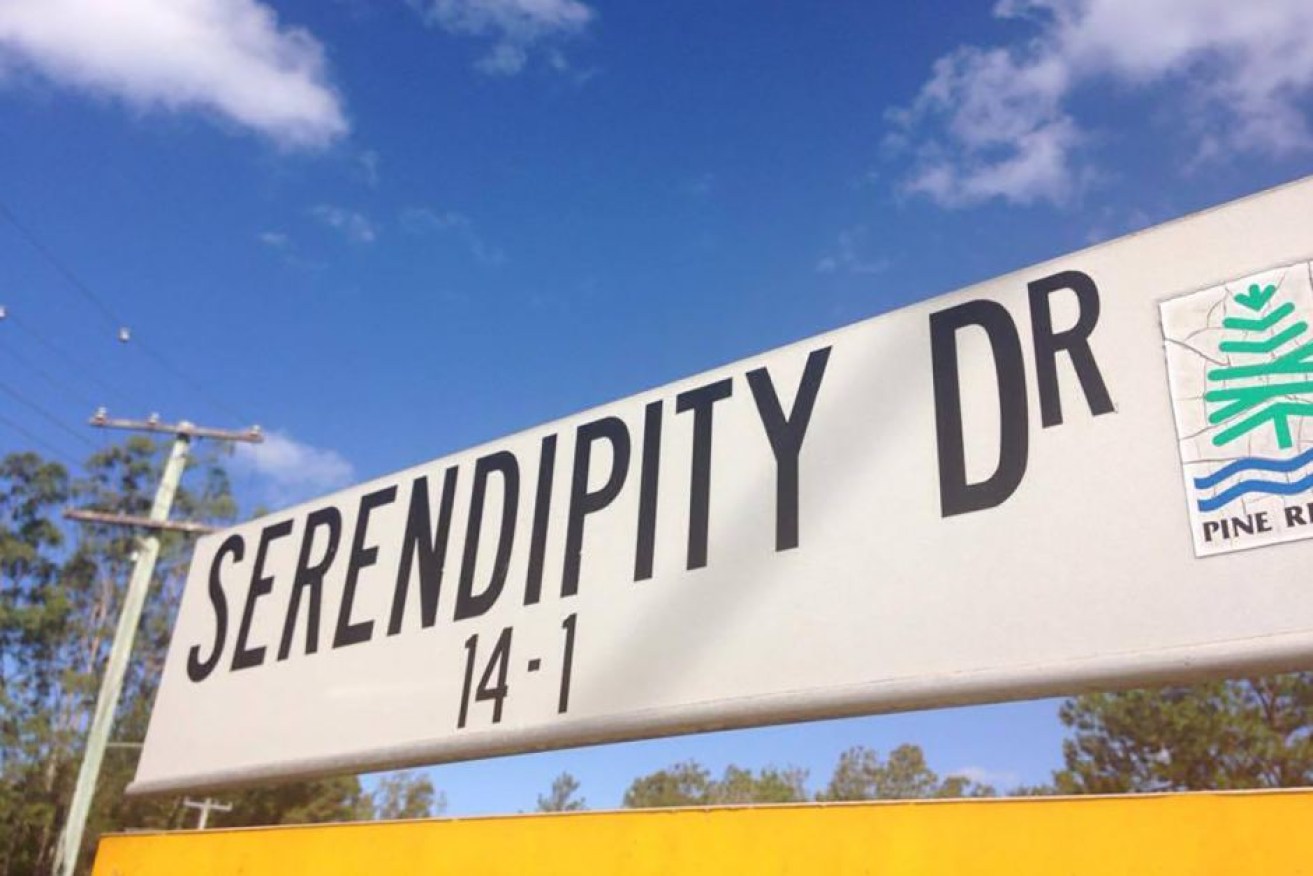
A amazing turn of events saved Di Wilschefski's life on Serendipity Drive. Photo: ABC
Di Wilschefski and Julie Ledden were walking their regular route on Serendipity Drive at Samford, north-west of Brisbane, when a conversation about guardian angels came to an abrupt halt as Di was struck down by a sudden cardiac arrest.
“Di just called my name and grabbed her chest and collapsed, it was that quick,” Ms Ledden said.
But Ms Wilschefski, 61, felt certain someone was watching over her that day, given the remarkable series of events that followed.
“All the people that were involved, it was meant to be I think. I was just so lucky.”
Ms Ledden rang Triple-0 and told an emergency medical dispatcher (EMD) she could not feel a pulse.
Then two nurses who happened to be passing stopped to help and began performing CPR.
A short time later, a cardiac nurse was called to the scene.
Cindy Arnell’s daughter had driven past and called her at home, thinking she could help.
Ms Arnell and her husband immediately jumped in the car and headed to Serendipity Drive.
Apart from lending her expert help, Ms Arnell also happened to know there was a defibrillator at a nearby branch of the Bendigo Bank and sent her husband to get it while she helped with CPR, with the nurses still acting on the advice of the EMD.
Last year, the Bendigo Bank at Samford set up a program to buy defibrillators for the community.
This was the first unit, except shortly afterwards it was stolen and later dumped.
“The only reason I knew where it was, is that I’d read in the local paper it had been stolen and I couldn’t believe someone would steal such a vital piece of equipment,” Ms Arnell said.
But the story also revealed the unit had been found and returned to the bank.

Cindy Arnell (L), Di Wilschefski (C) and Julie Ledden (R) back where it happened. Photo: ABC
Ms Arnell used that defibrillator to restart Ms Wilschefski’s heart, just eight minutes from the initial emergency call.
“I never gave defibrillators a thought at all. Without it, I wouldn’t be here. I’m eternally grateful,” Ms Wilschefski said.
Tony Hucker from the Queensland Ambulance Service said it was a textbook example of the “chain of survival” considered critical in life-threatening emergencies.
The links in that chain are recognition, a call for help, CPR, defibrillation and the early arrival of paramedics or first-responders.
Defibrillators seriously improve survival rates
About 33,000 Australians every year suffer sudden cardiac arrest, but only five per cent survive.
Janie McCullagh, a trainer in automated external defibrillators (AEDs) for the Australian Red Cross, said CPR and immediate access to a defibrillator could lift that survival rate to 70 per cent.
“They’re great outcomes, amazing, and the general public needs to know about it,” she said.
“They are easy to use, you don’t have to be a trained first-aider, you put the pads on as directed and the machine will do the rest.”
Emergency organisations are pushing for AEDs – worth about $2000 – to be much more widely accessible.
Ambulance services across the country are working to develop AED registers, so they can be found quickly.

AEDs improved cardiac arrest survival rates dramatically, the Red Cross said. Photo: ABC
The Red Cross wants AEDs to be given the same priority as other equipment required under Workplace Health and Safety standards.
“The same ratio we apply to first aid kits should be applied to defibrillators,” Ms McCullagh said.
Victoria’s Ambulance Service is developing a phone app for first-responders and Queensland is likely to follow suit.
“Their phone will blip, we’ll tell them where the incident is, where the closest defibrillator is and they may well be able to go and help,” Mr Hucker said.
Chris Grange from the Australian National University said they had rolled out AEDs across their Canberra campus.
“Every person on the campus is within 150 metres of one of these units,” he said.
-ABC
